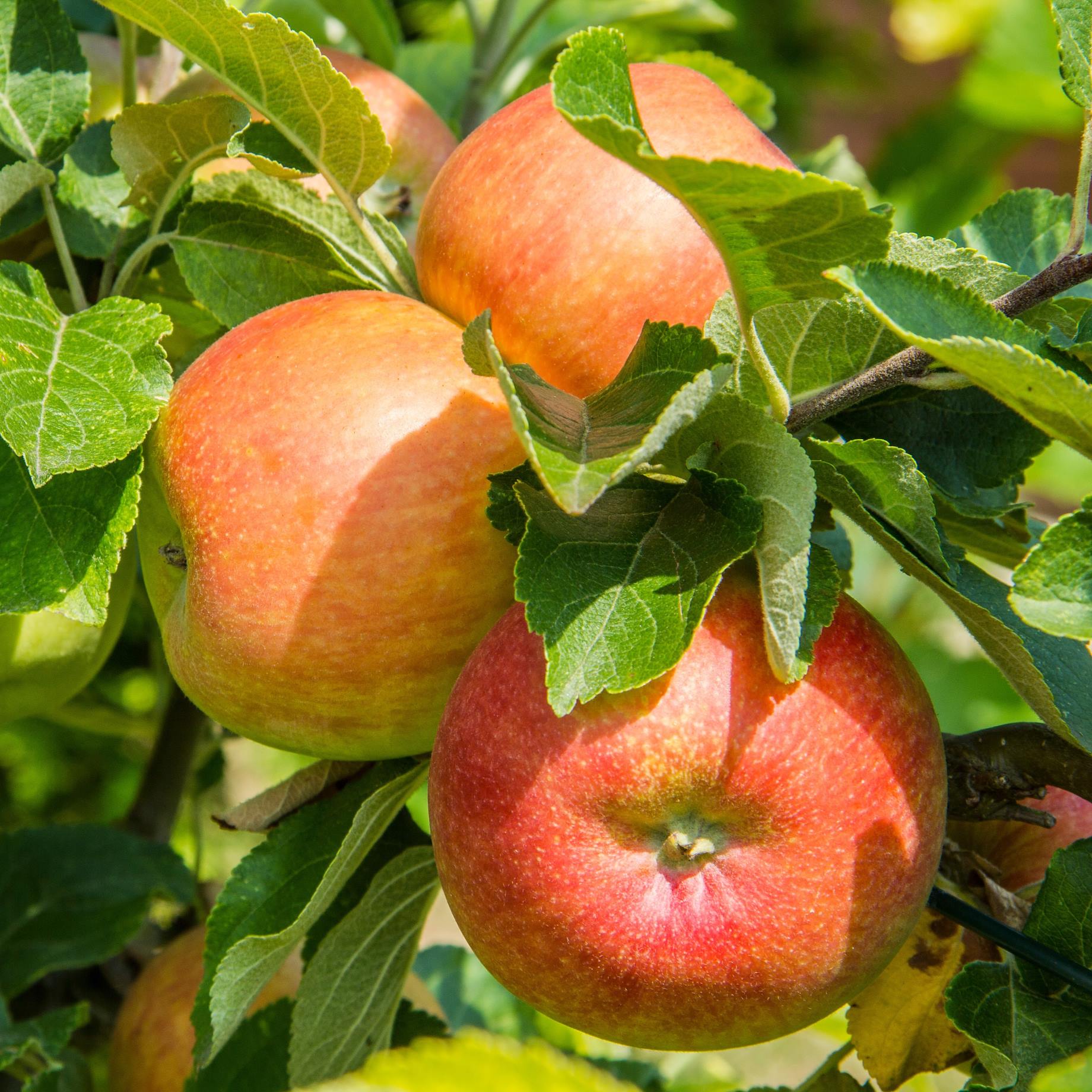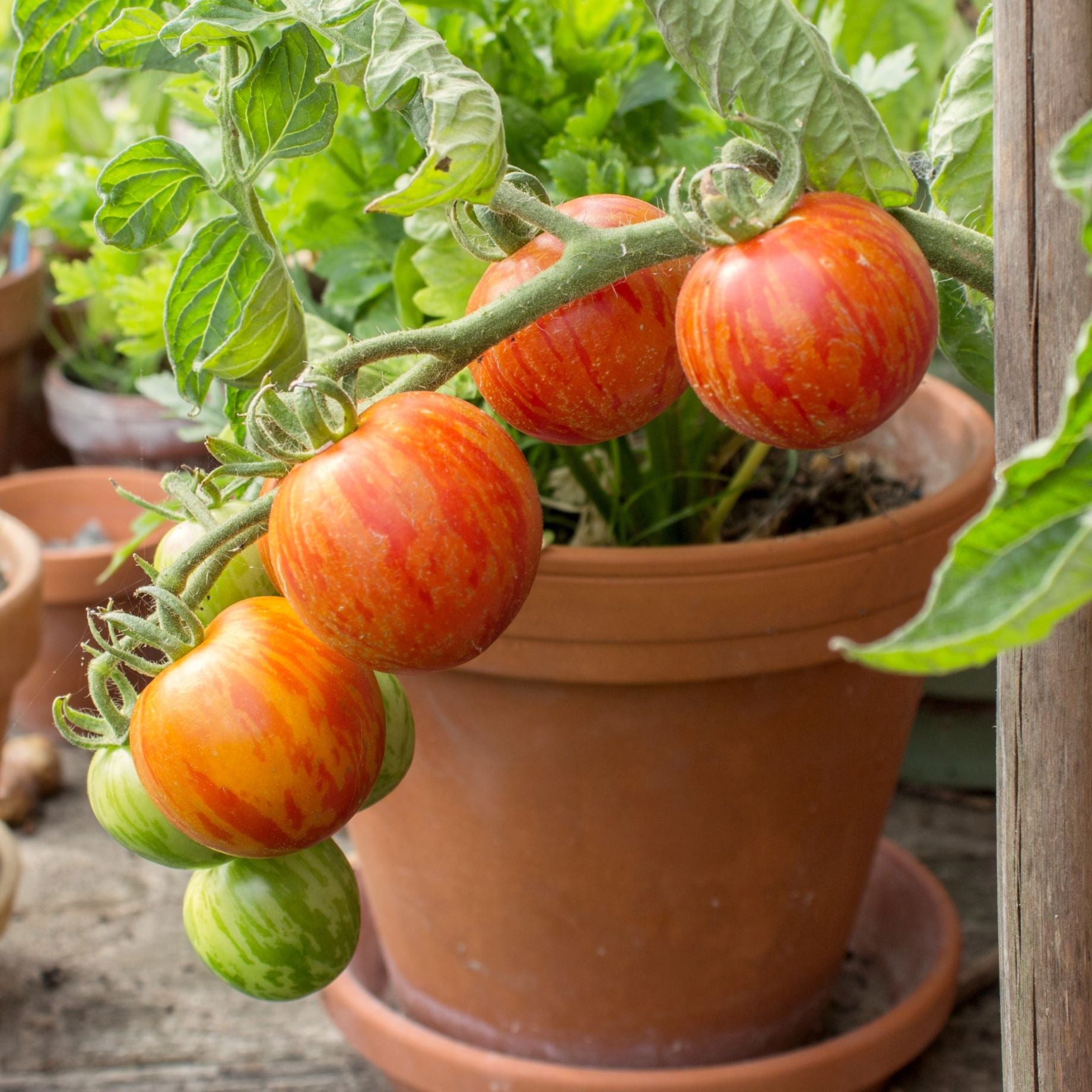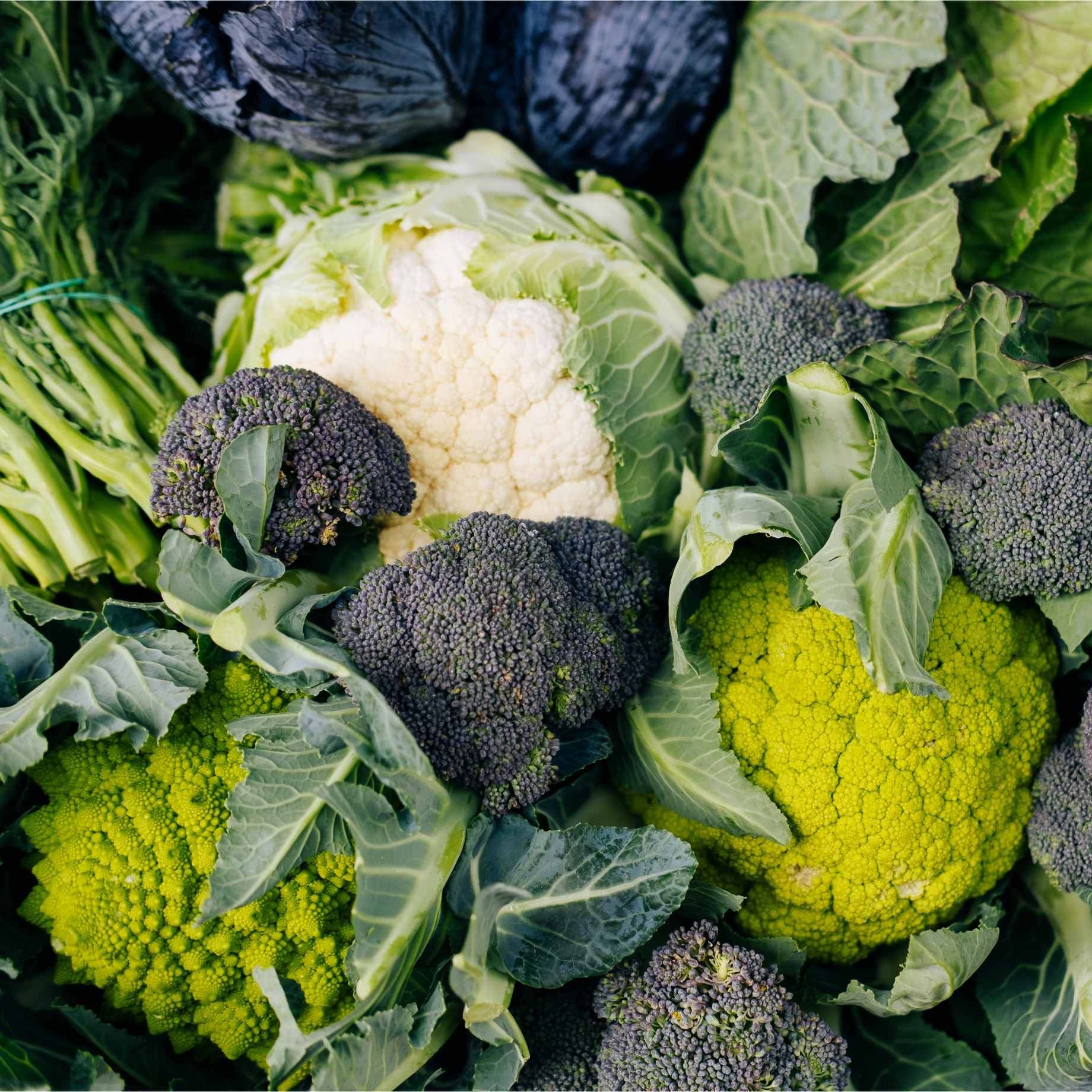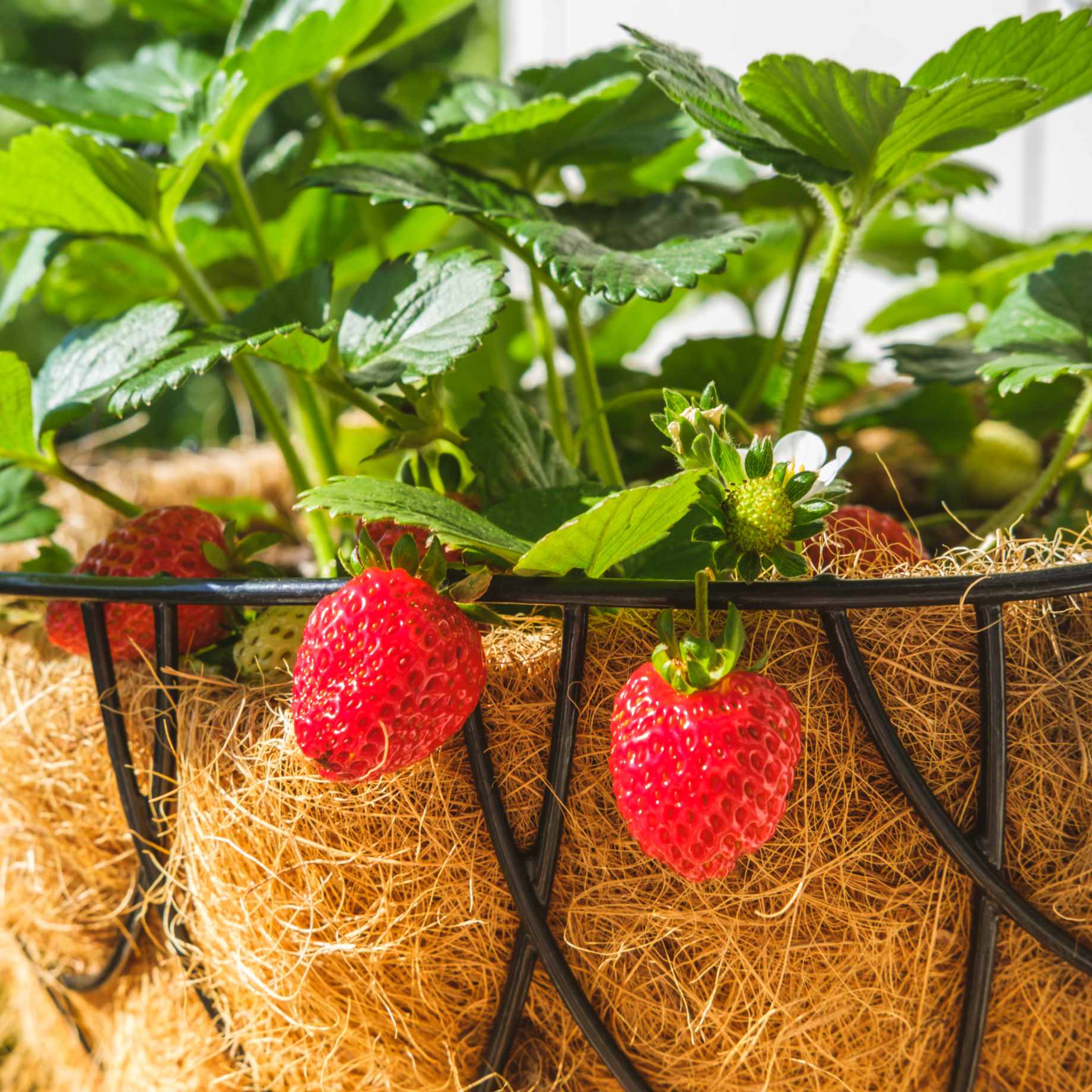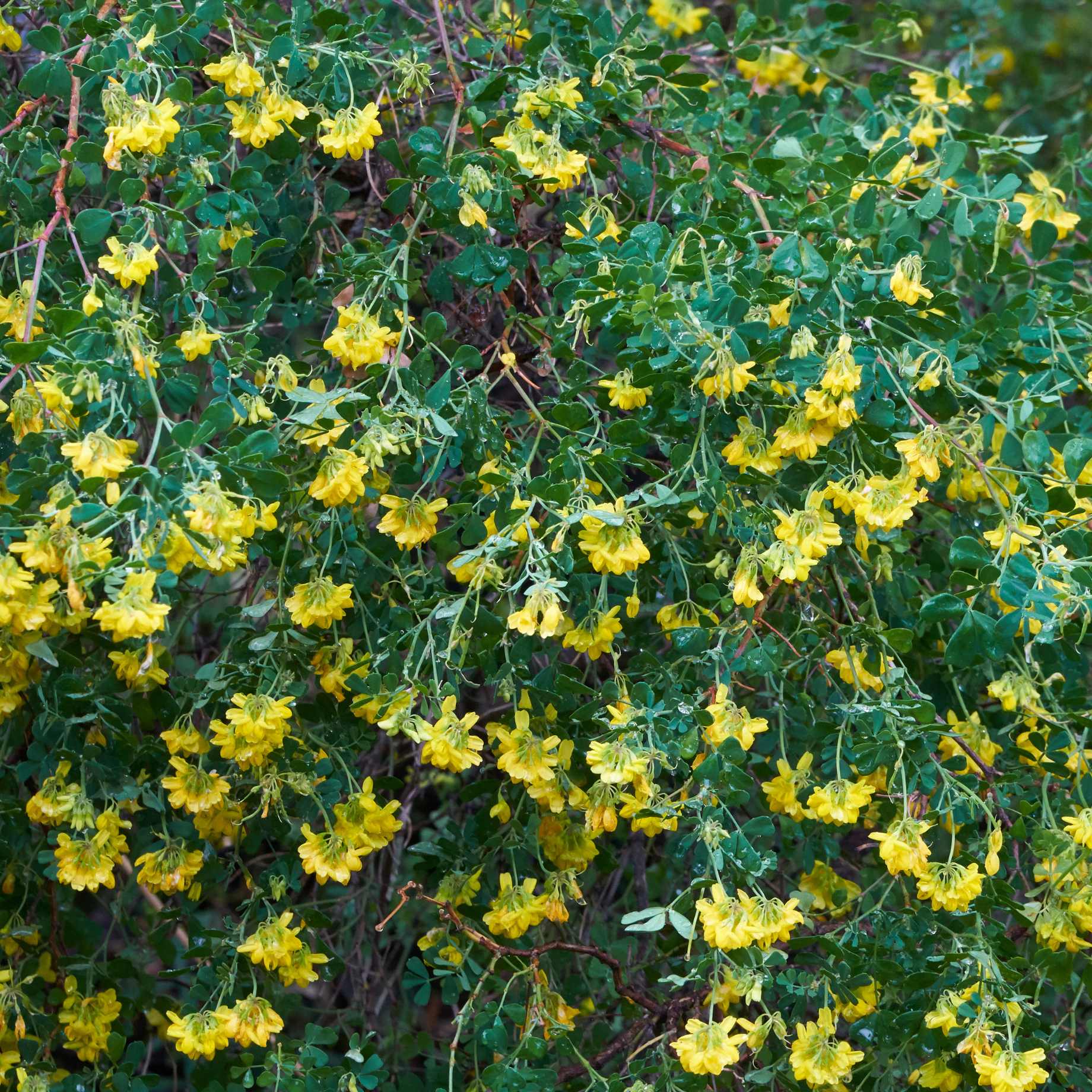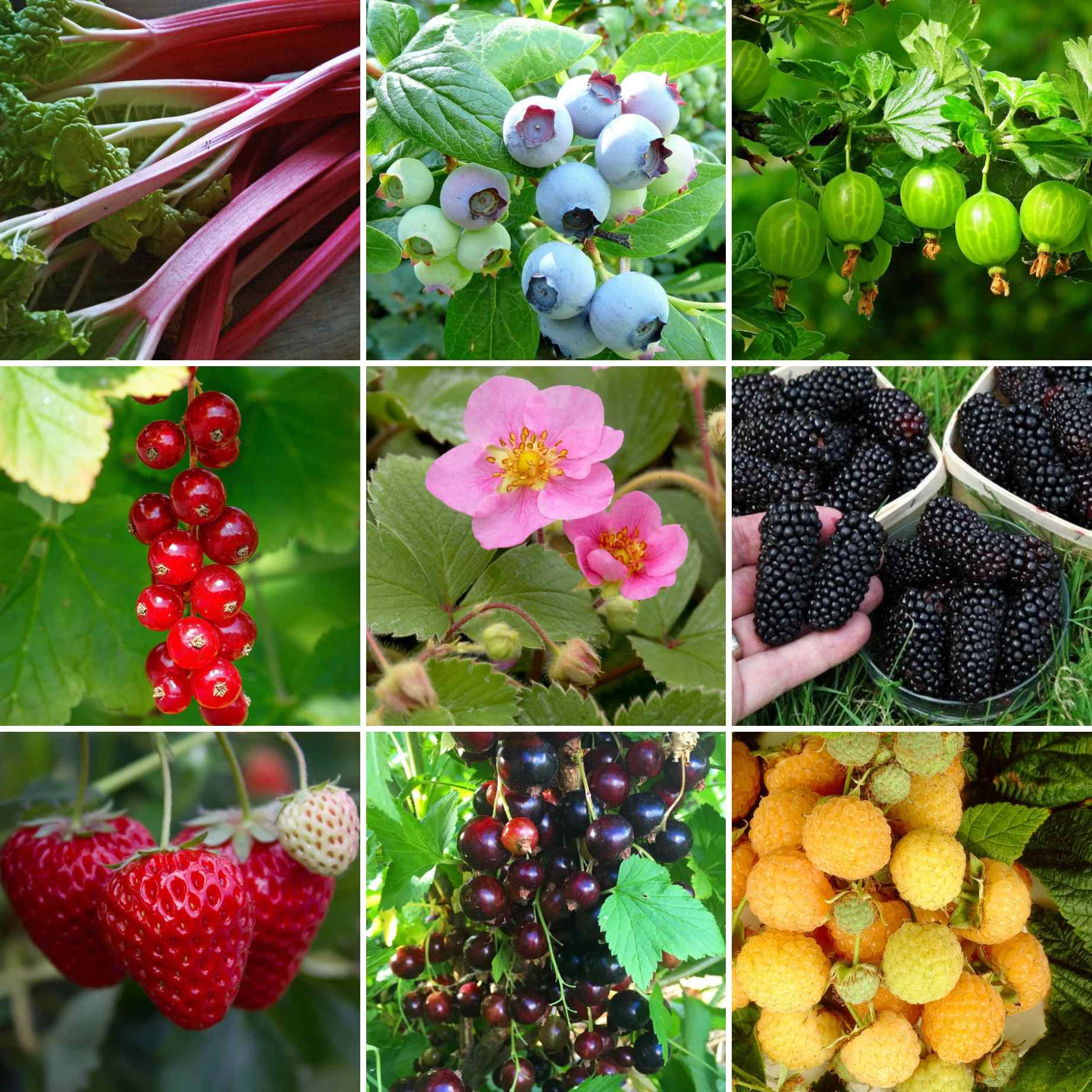The highlights
- Sharp early apples, sweet later (dual)
- Award winner, renowned for its juiciness
- Makes great pies and crumbles
- Harvest in September
Description
- A great tasting dual purpose apple that’s easy to grow
- James Grieve apples are green with red streaks and juicy, cream coloured flesh
- In early September the apples have a perfect sharpness for cooking and hold their shape well. Leave them on the tree and they’ll sweeten later in the month – perfect for eating fresh!
- The pink blossom is very resistant to frost, meaning that you won’t lose your crop to a late cold snap
- Extremely reliable and a heavy cropper, earning the RHS Award of Garden Merit
- A compact tree that’s ideal for small to medium gardens and even containers
- Partially self-fertile – Pollination Group 3. Does not require pollination by another apple but will produce better crops if one is nearby. They need to flower at the same time. Apples in the same pollination group, or one on either side, can pollinate each other. In built-up areas it is unlikely that there won’t be a suitable pollination partner within a mileMORE
- Cordon trained – Max size H2m x W1m (Perfect for growing in a pot, on a patio or in a smaller garden)
- M26 Rootstock – Max size H3m x W3m
- MM106 Rootstock – Max size H4m x W4m. Rootstocks restrict the size of a tree to make it more suited for an average gardenMORE
- Our potted trees are supplied in EcoPots™. Eco pots use 70% less plastic and are fully recyclable, unlike normal single-use pots. They flex and so produce less root spiralling and travel better in the post.MORE
- Our trees are usually between 18 and 36 months old at the time of dispatch.
- Our trees are professionally pruned before dispatching. This formative pruning can involve cutting the main leader if the expert tree growers decide this will produce a better-shaped tree. This can stop the tree from becoming “leggy”, and promote stronger, bushier growth.MORE

